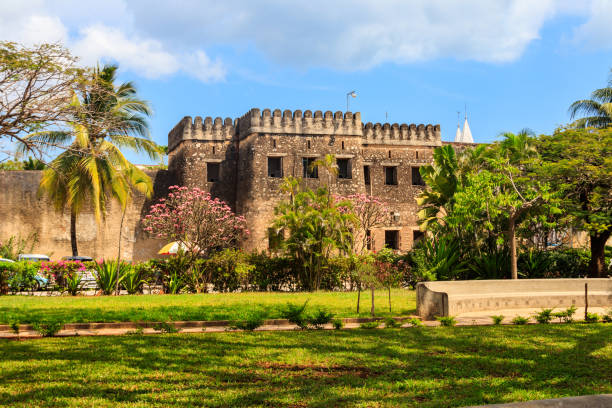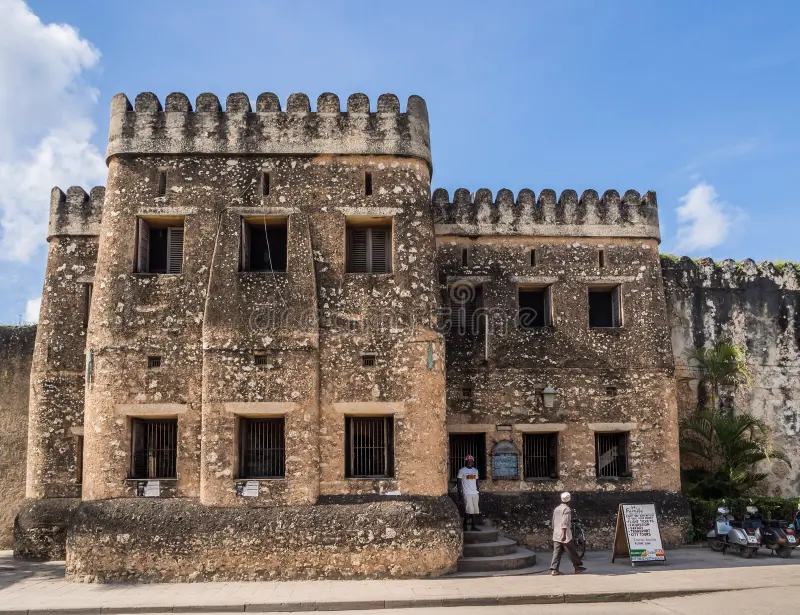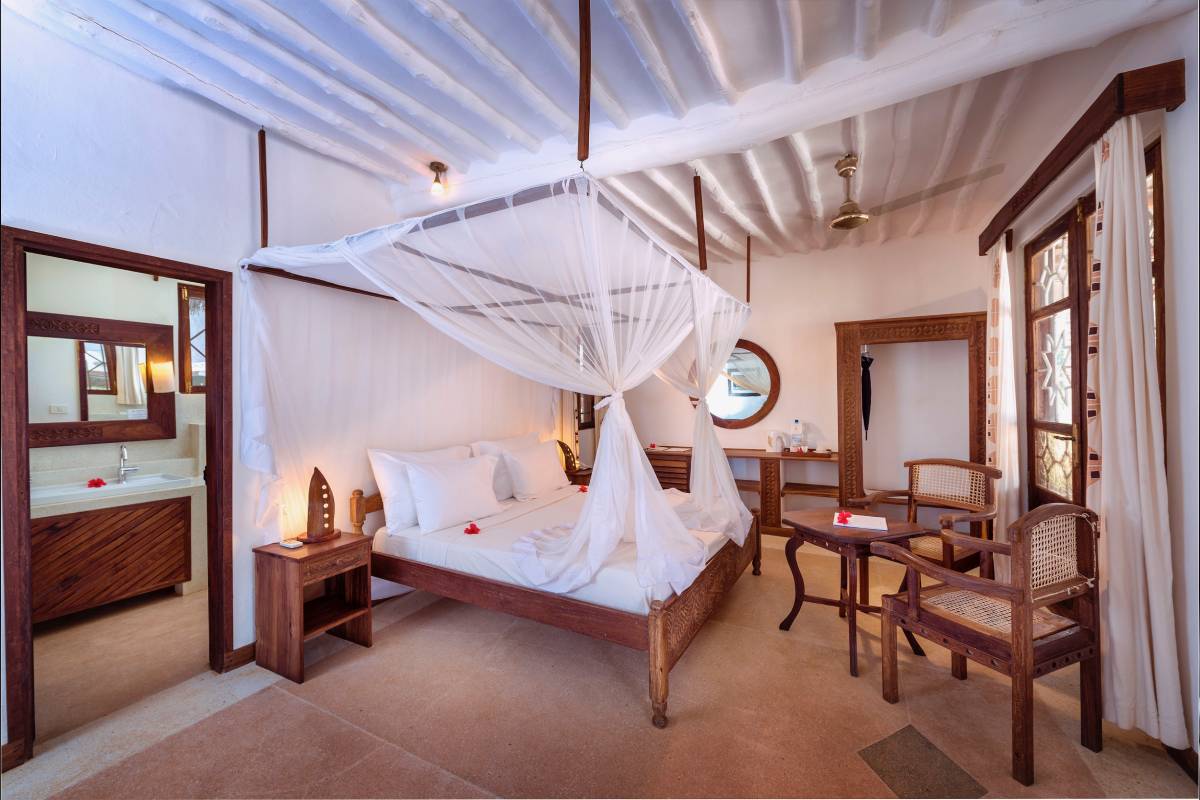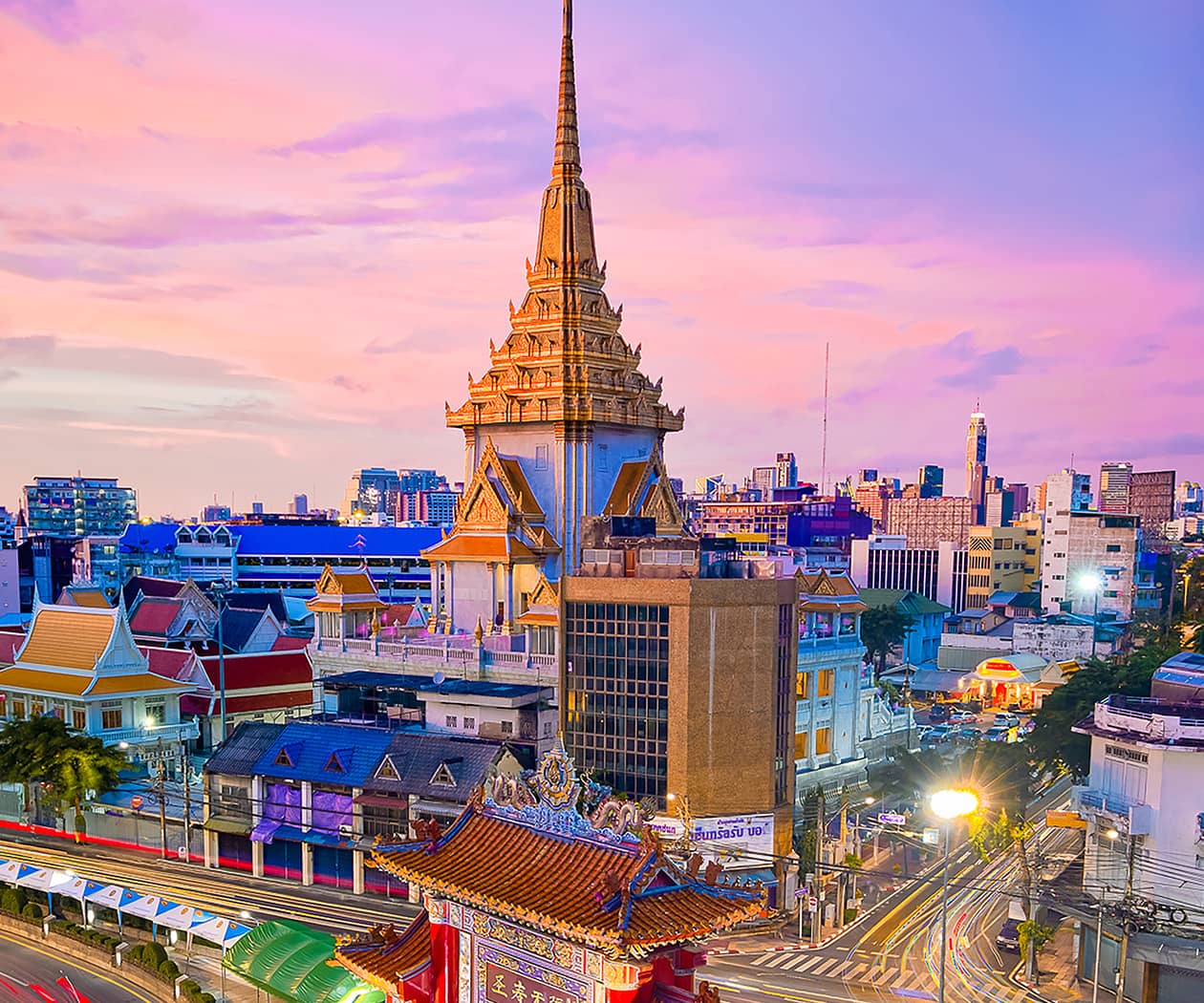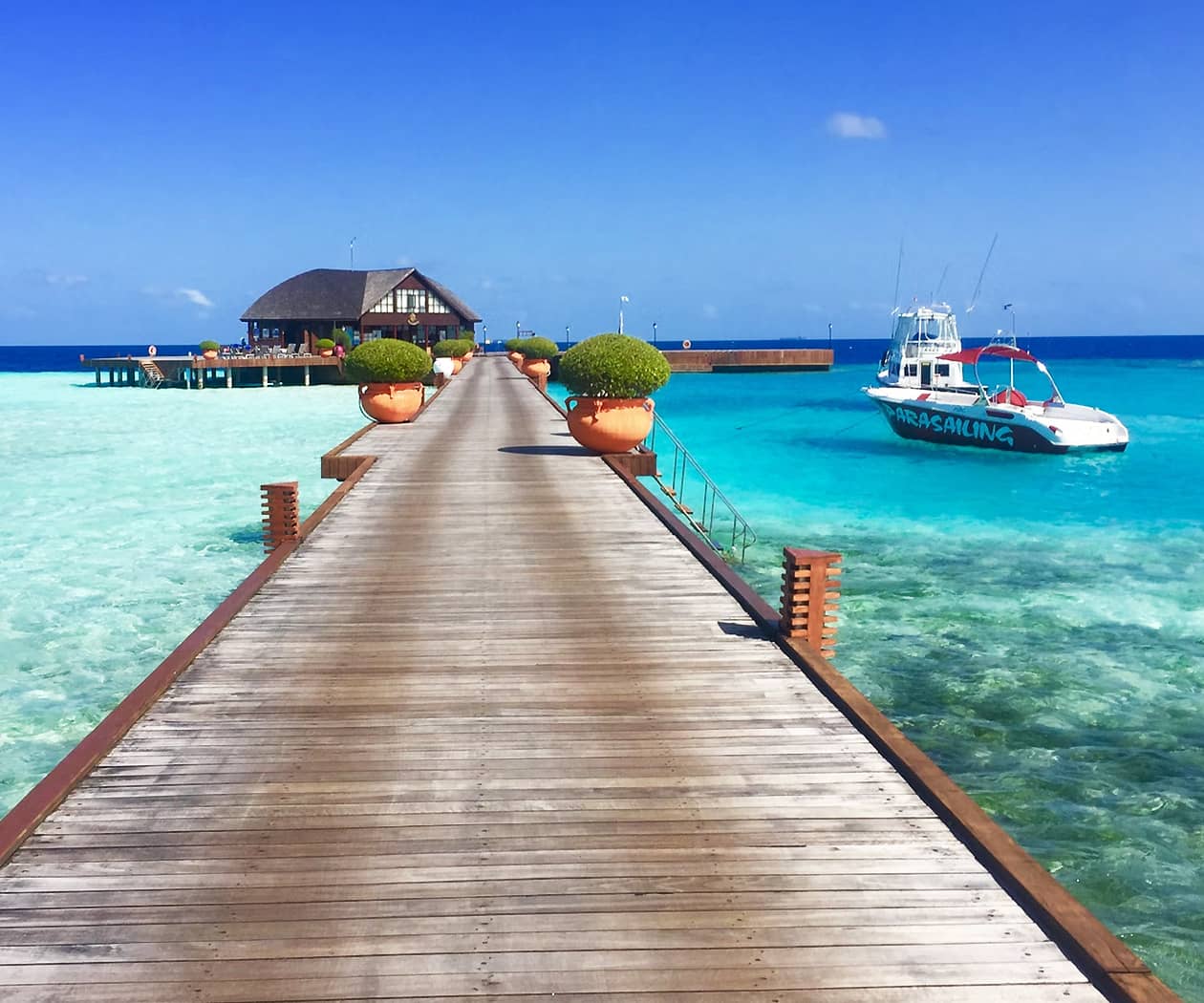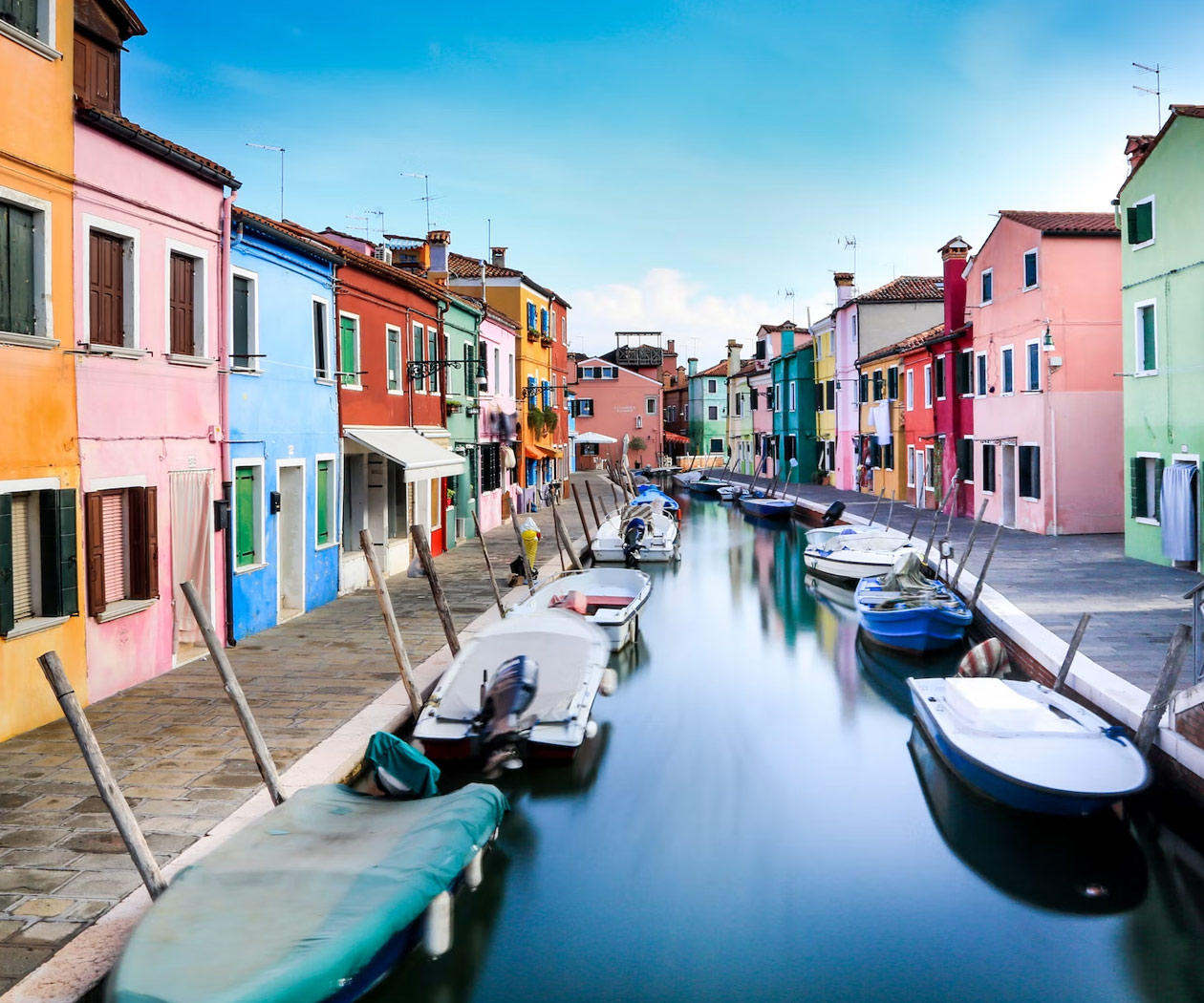Stone Town, Zanzibar
Stone Town is among the top historical attractions of Zanzibar City, the main city of Zanzibar in Tanzania. It is one of the few remaining ancient towns in Africa. Stone Town is famous for its well-preserved Swahili architecture. The town has historical significance as a major trading hub, and vibrant cultural heritage. Stone Town blends African, Arab, Indian, and European influences. It is a popular tourist destination in Zanzibar.
Geographical Features
Stone Town, Zanzibar Safaris and Tours
Key Features and Attractions at Stone Town
Some of the key features and attractions in Stone Town include:
Best Time to Visit Stone Town
The best time to visit Stone Town is during the dry season, which runs from June to October. This period offers pleasant weather, fewer crowds, and the opportunity to attend cultural events like the Sauti za Busara Music Festival in February.

Pricing and Entry Fees
Entry to most historical sites and museums in Stone Town ranges from $3 to $10 per person. Guided tours of the city typically cost around $30 for a 3-hour private tour. The Forodhani Gardens night market and Darajani Market are free to visit.

